We Create Beautiful Furniture Renders
3D Walkabout is an Australian 3D creative studio that designs amazing 3D Furniture Renders.
3D Furniture Renders
Creating 3D renders for furniture has become an indispensable tool for businesses in the interior design and furniture industry. These lifelike digital representations of furniture pieces offer several advantages. Firstly, 3D renders allow businesses to showcase their products with unparalleled realism, helping customers visualise how pieces will fit into their spaces. This enhances decision-making and reduces return rates. Secondly, 3D renders streamline the design and manufacturing process, enabling quick prototyping and iteration. They save on costly photography and studio setups while providing the flexibility to alter materials and finishes on the fly. Ultimately, these digital renderings empower businesses to market and sell their furniture more effectively, offering a competitive edge in a crowded market.
3D Furniture Renders
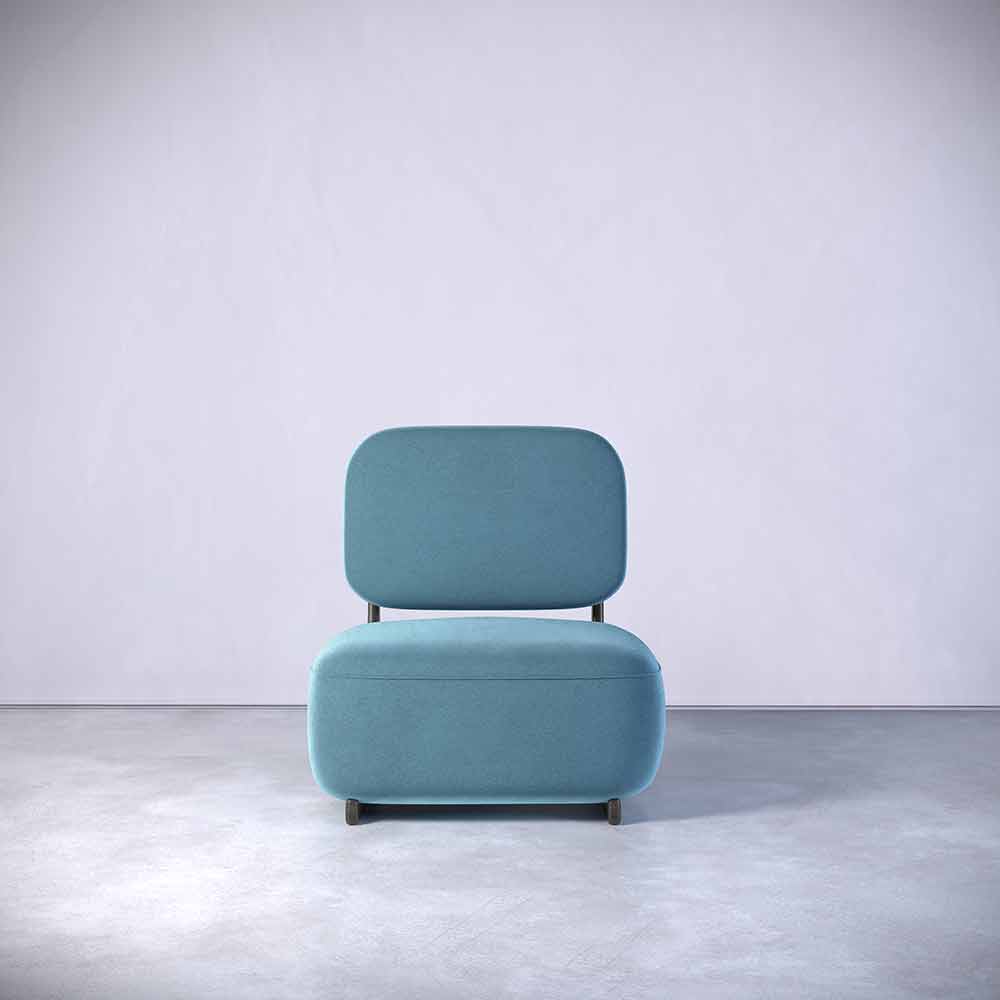
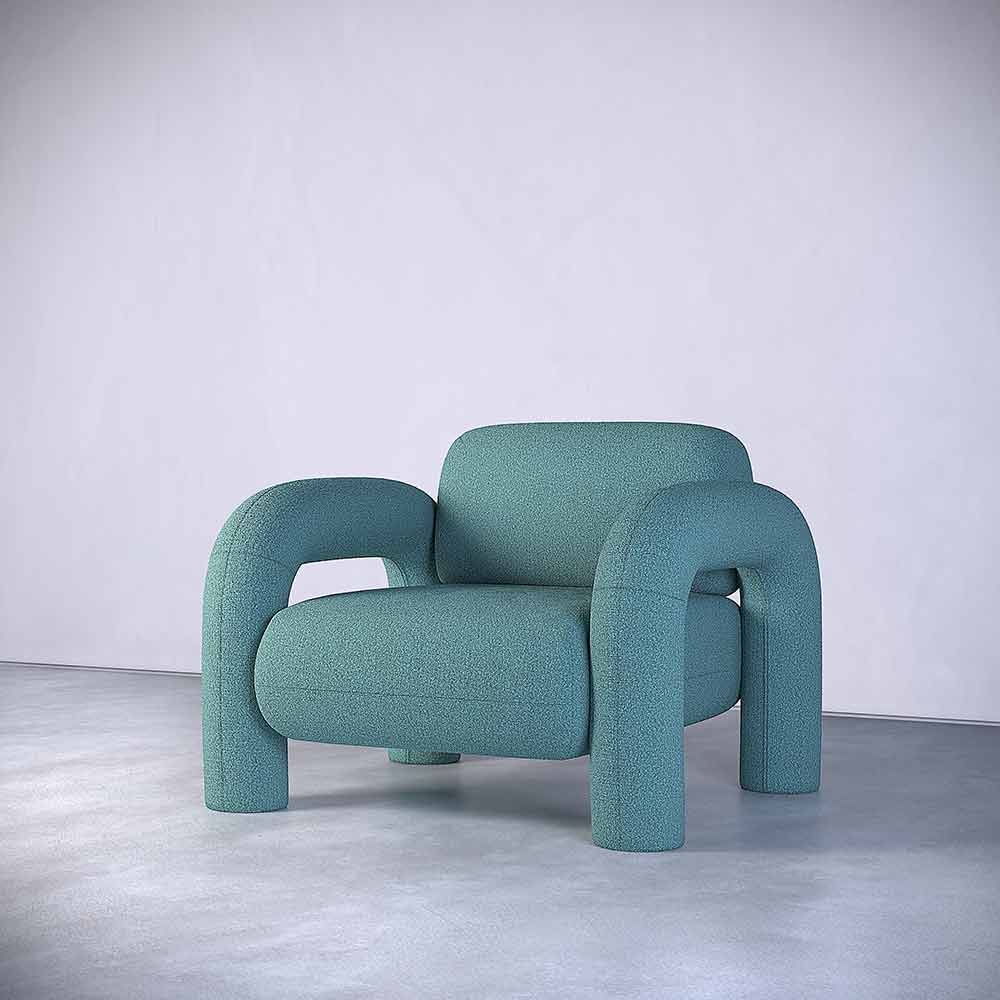

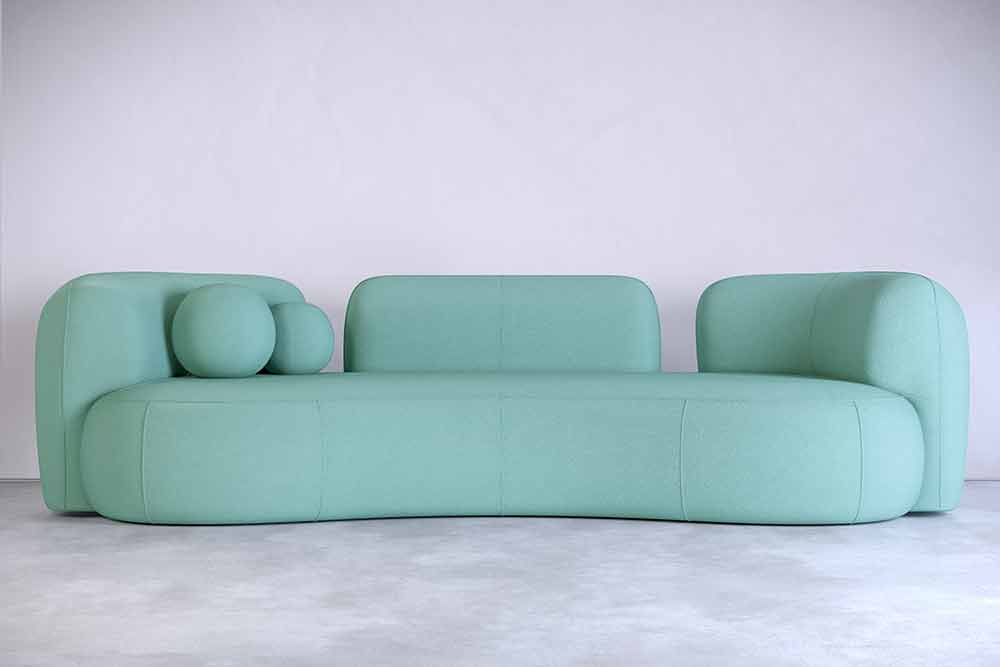
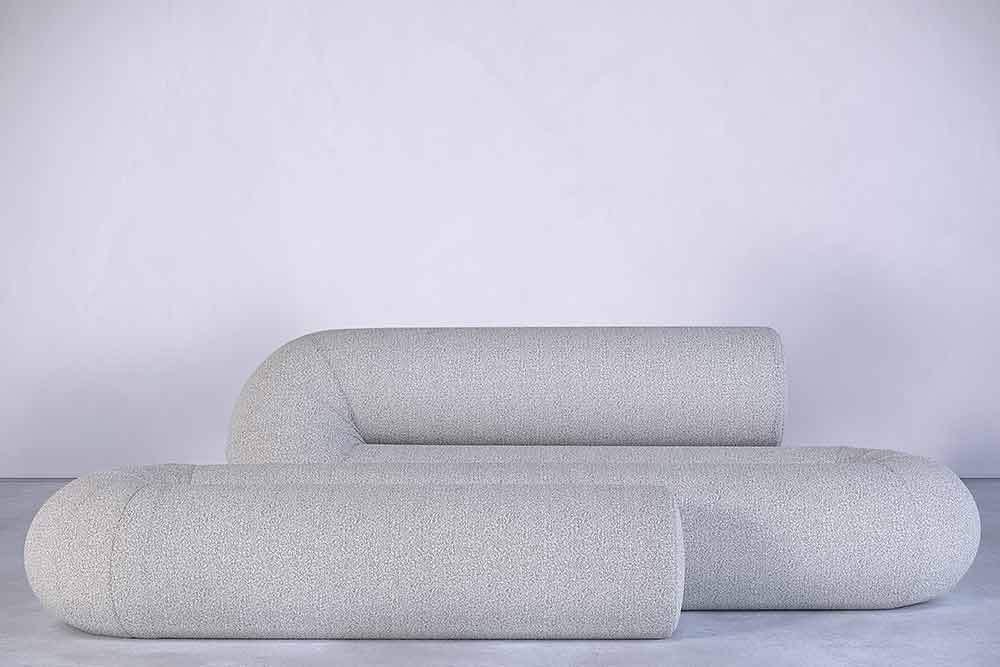
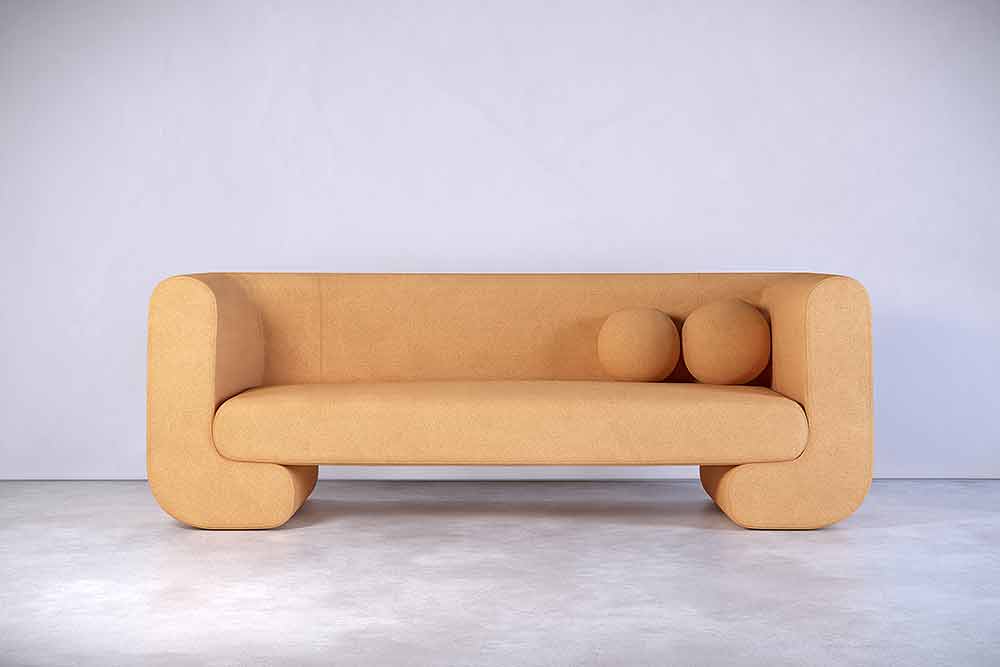
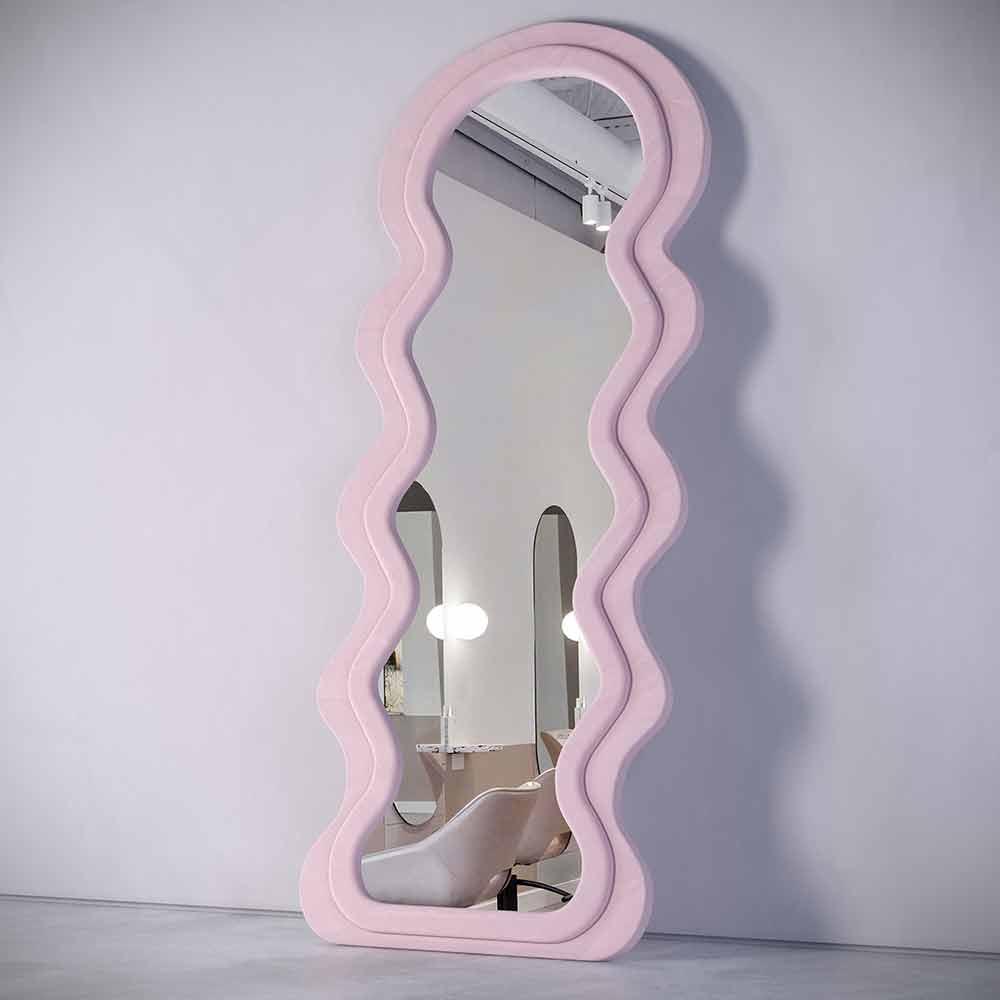




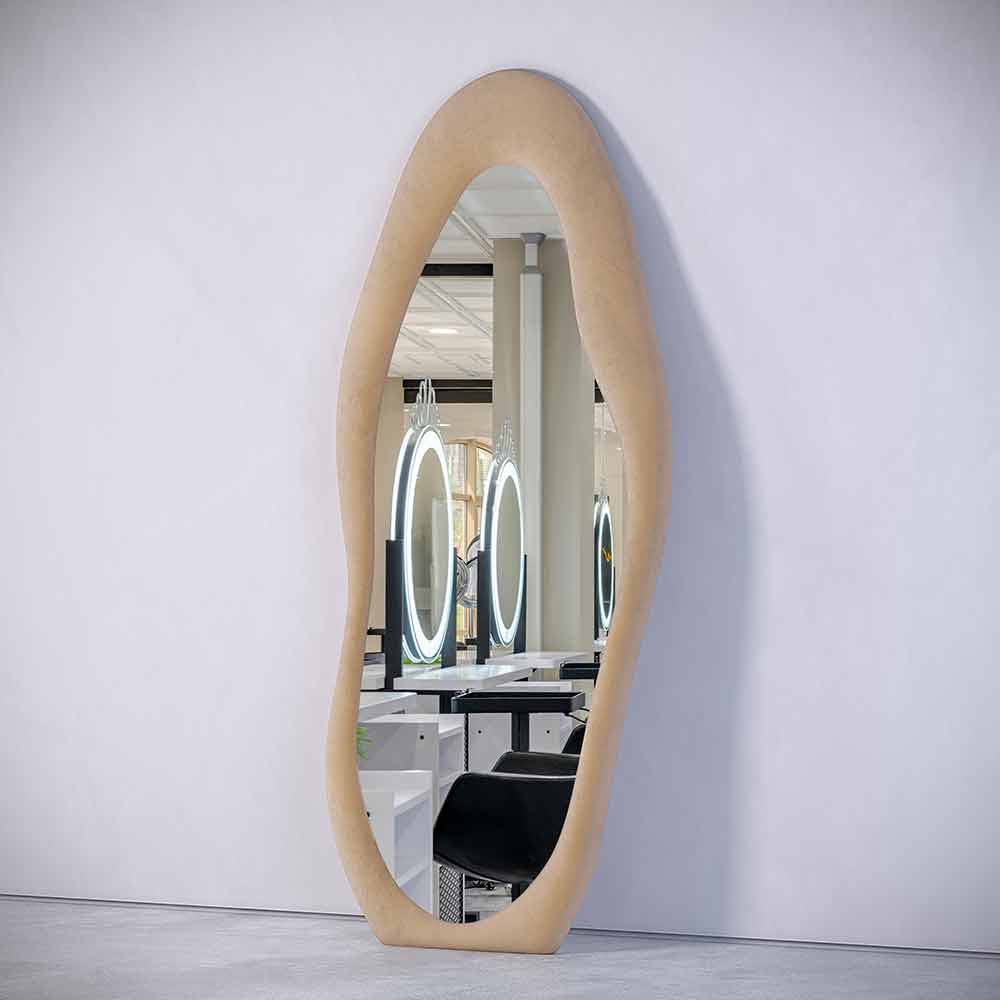
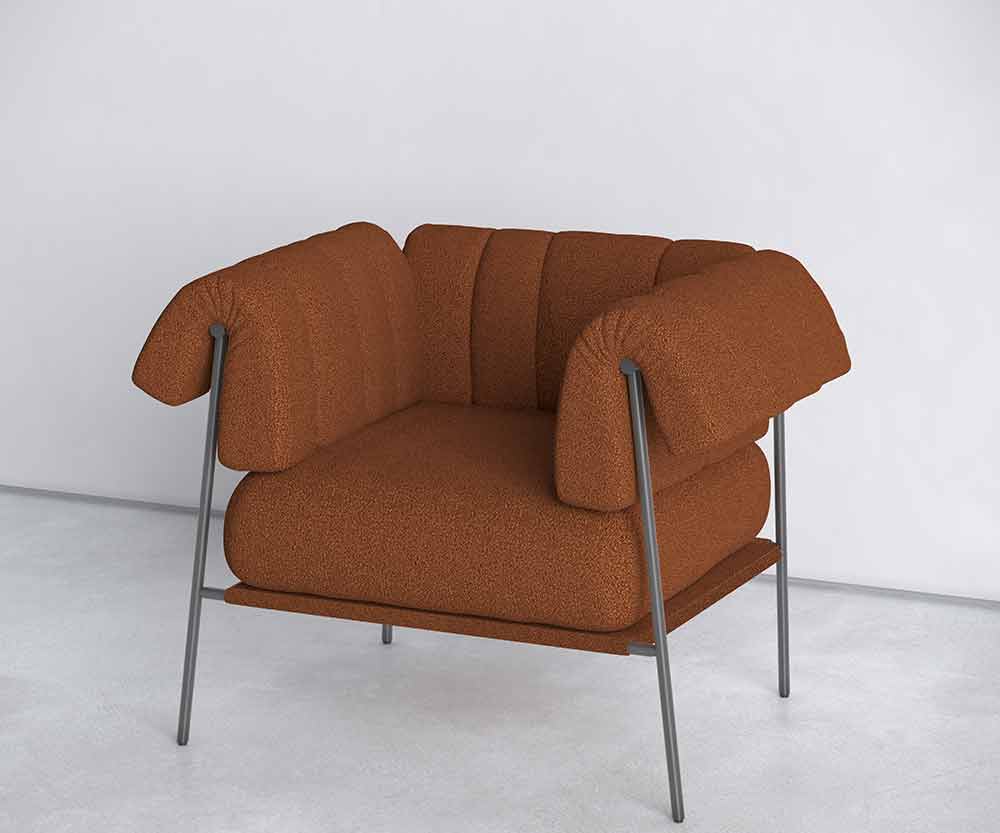

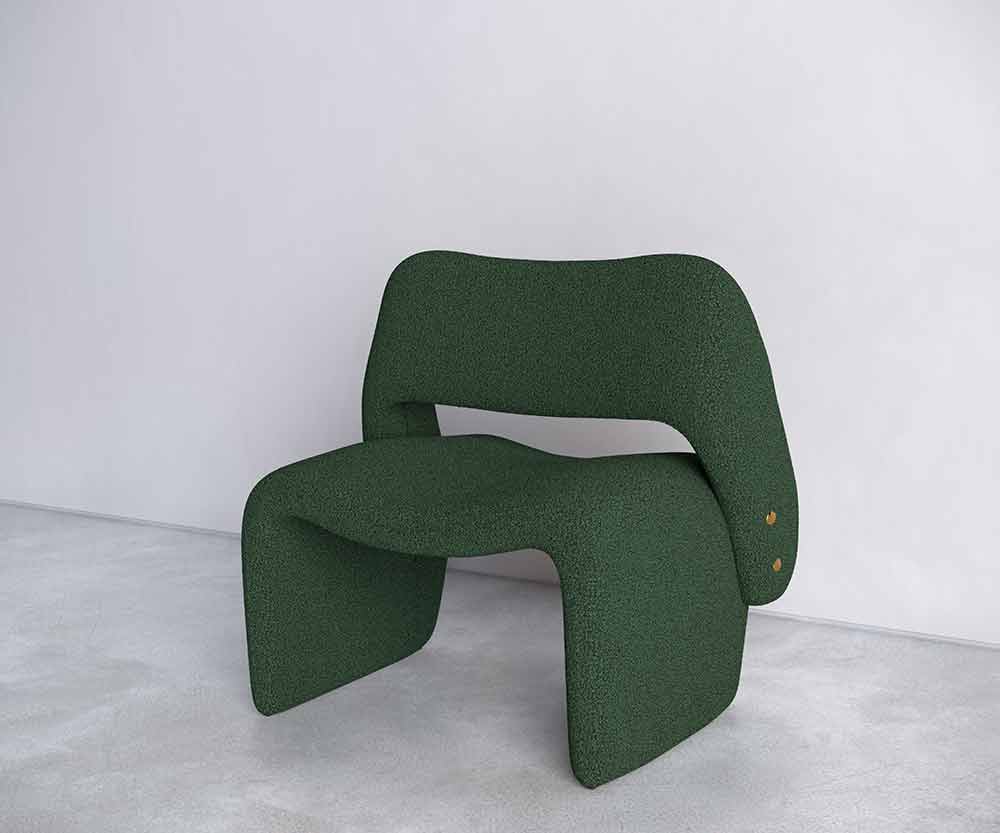
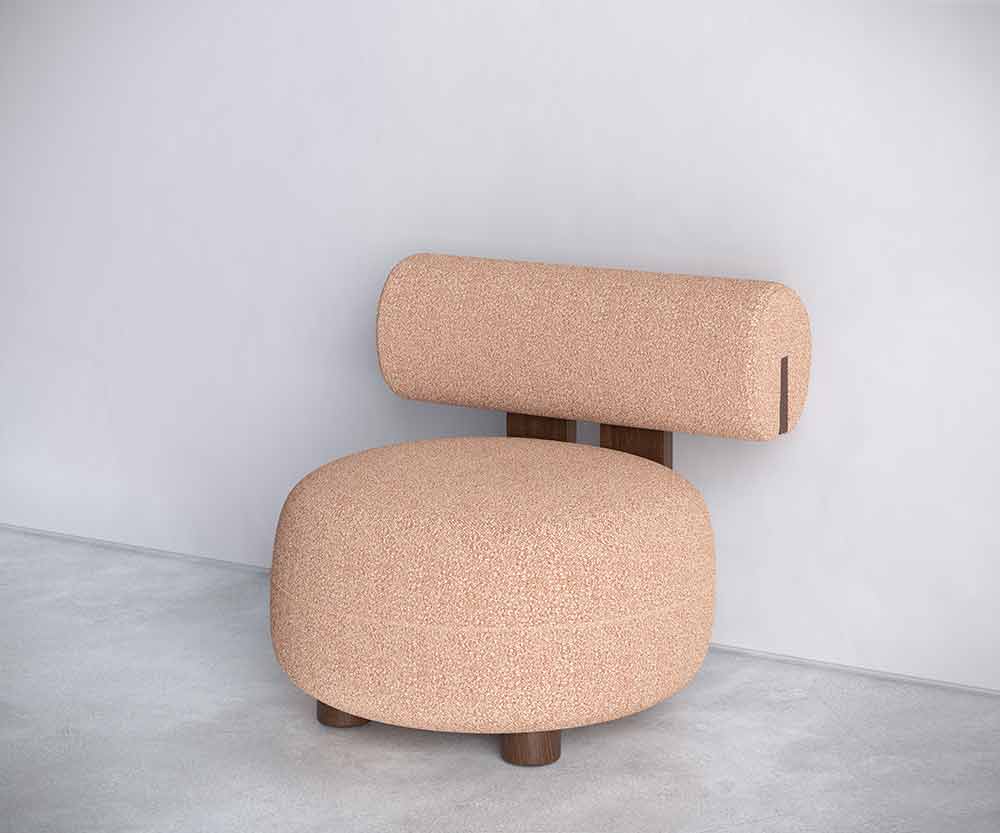
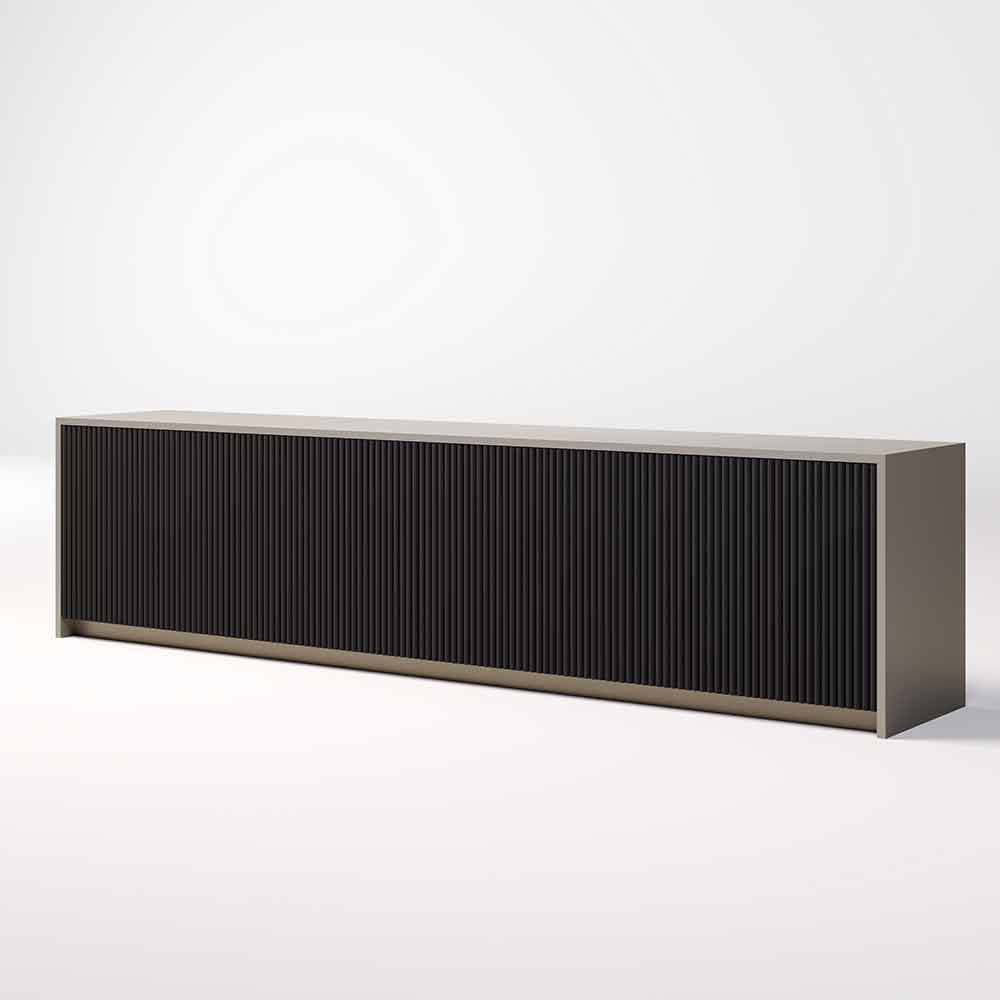
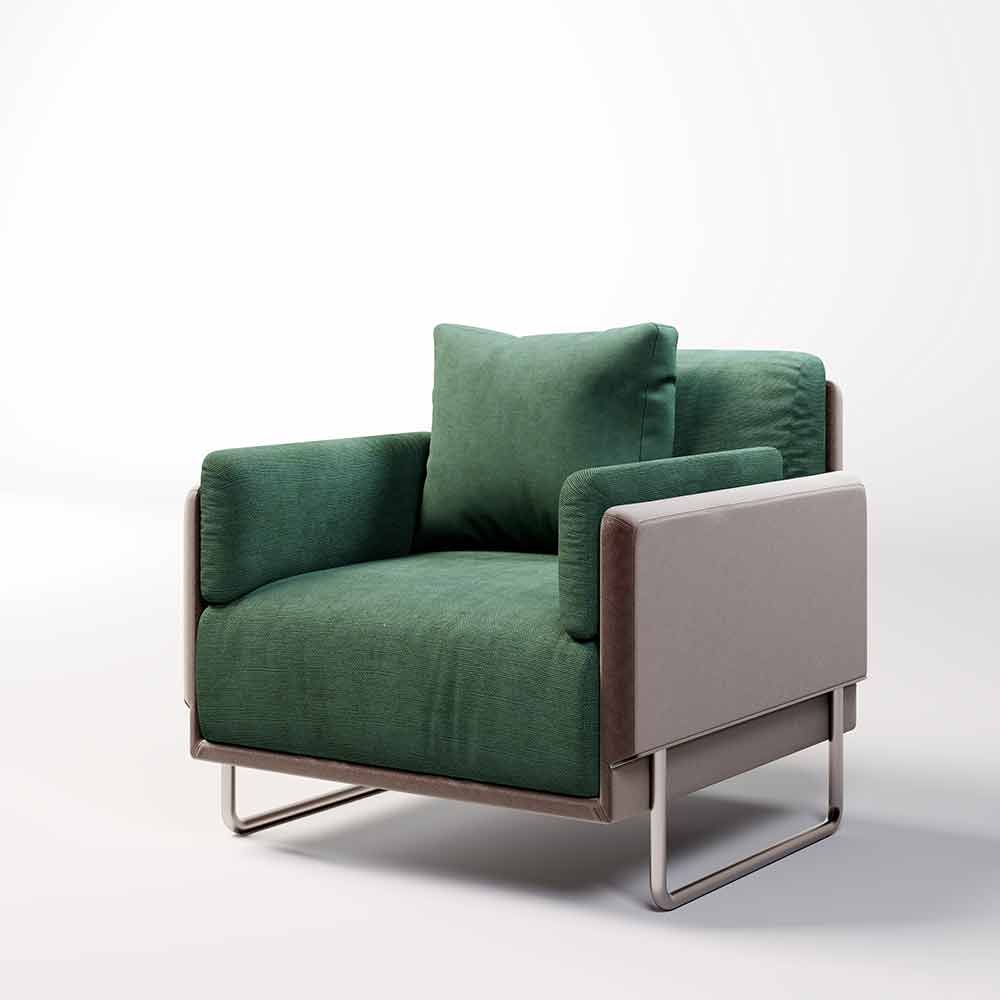







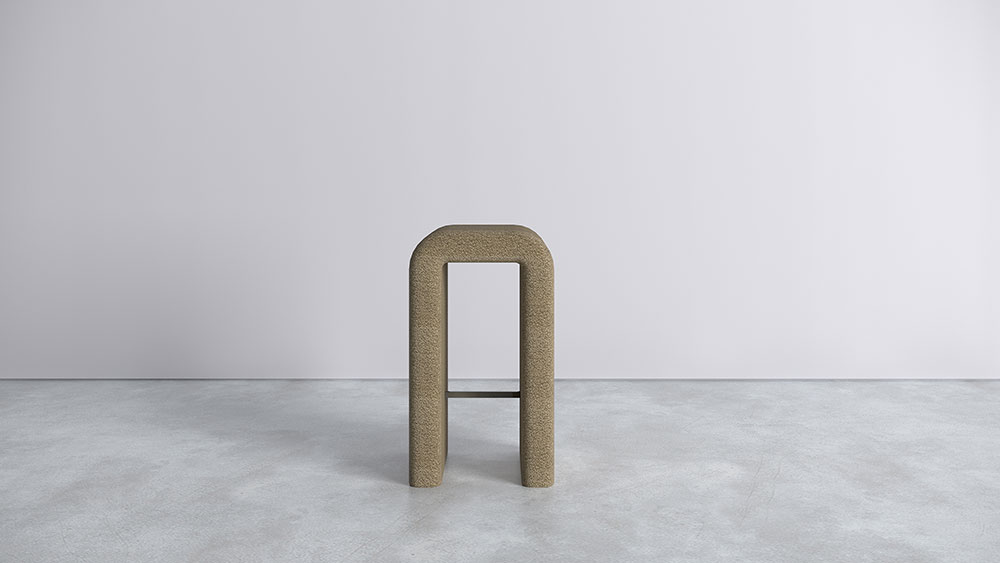
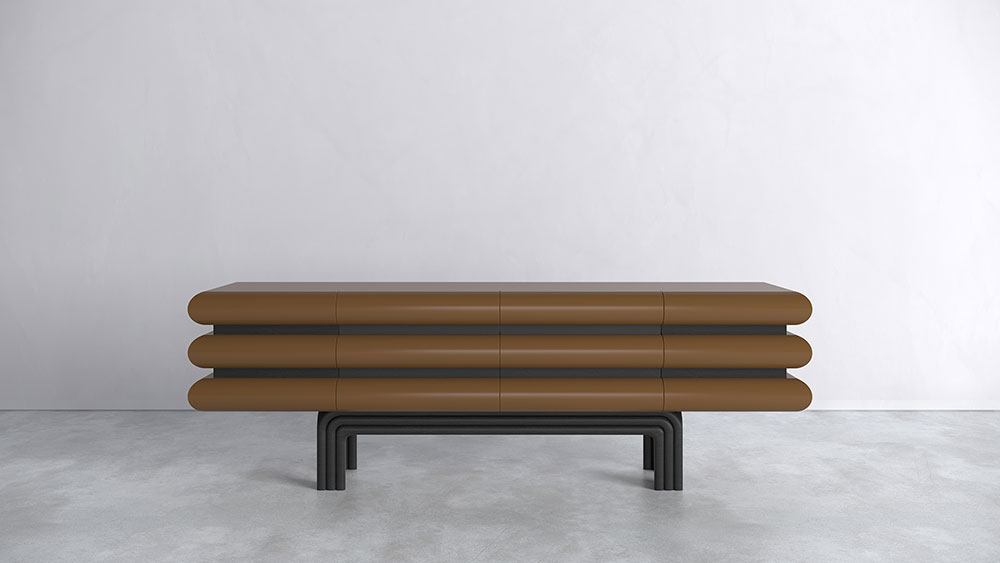



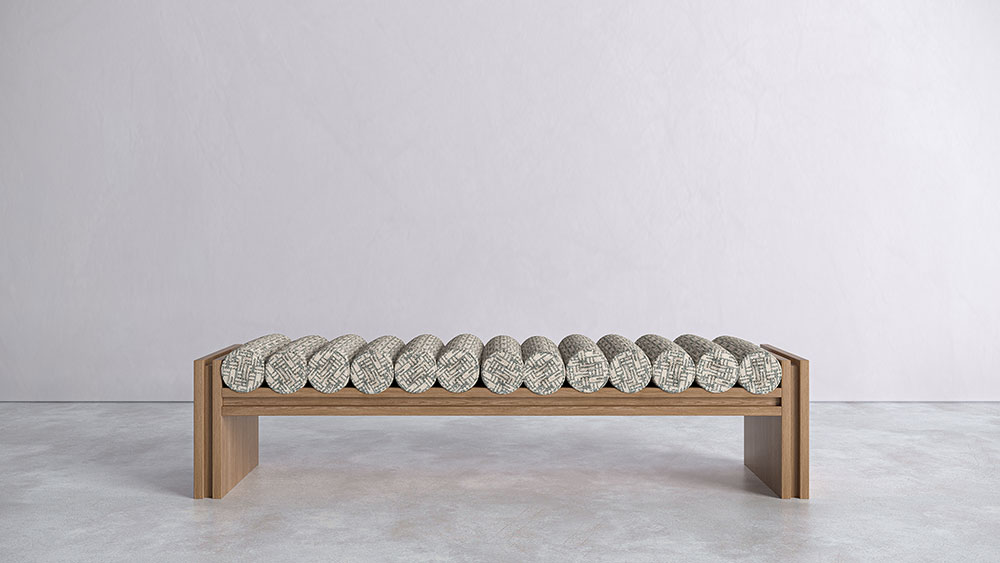
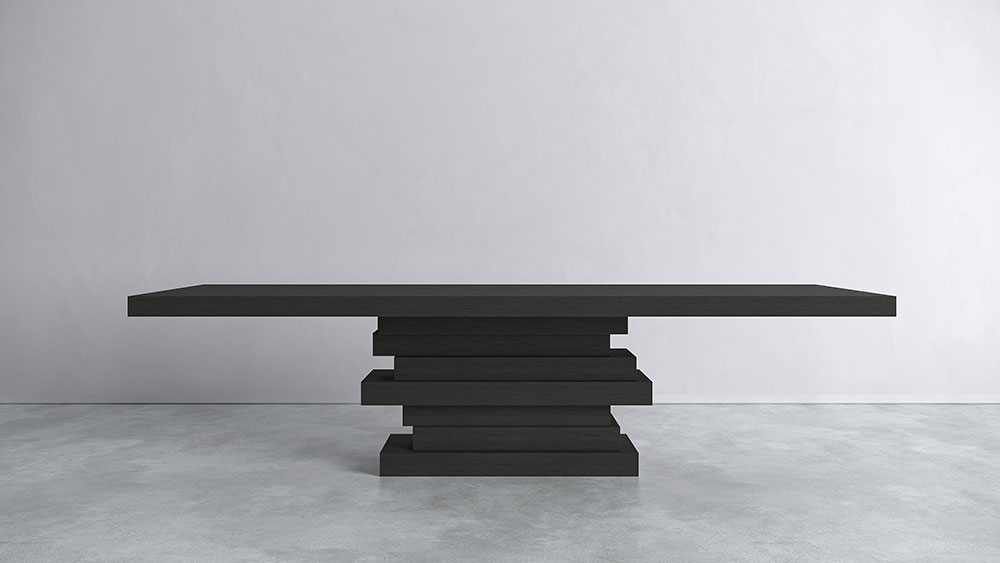
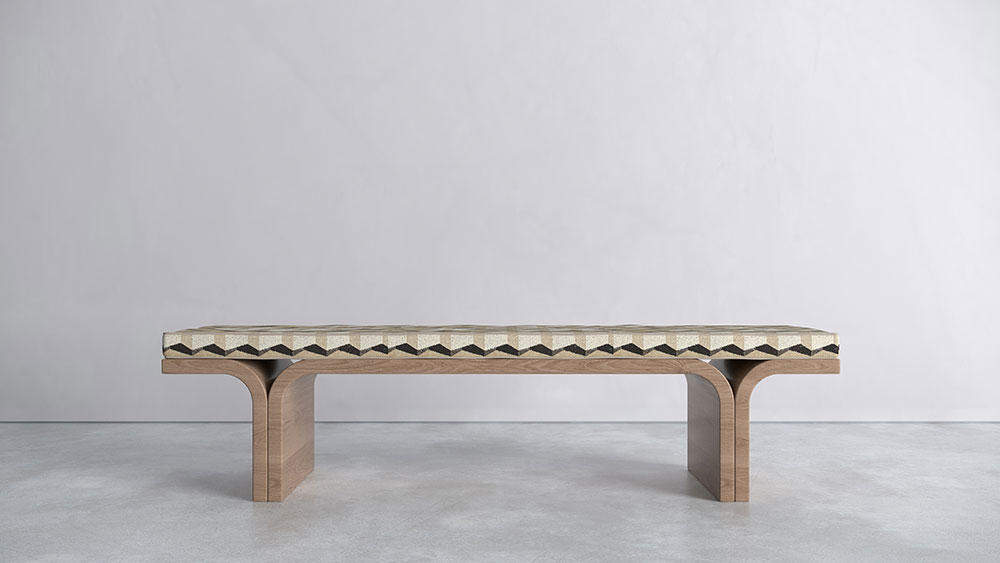
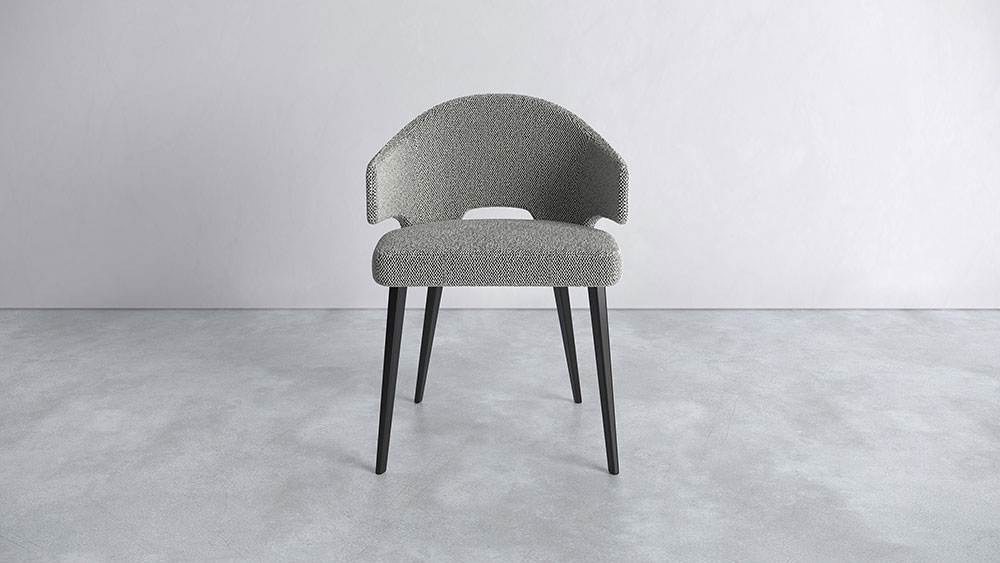


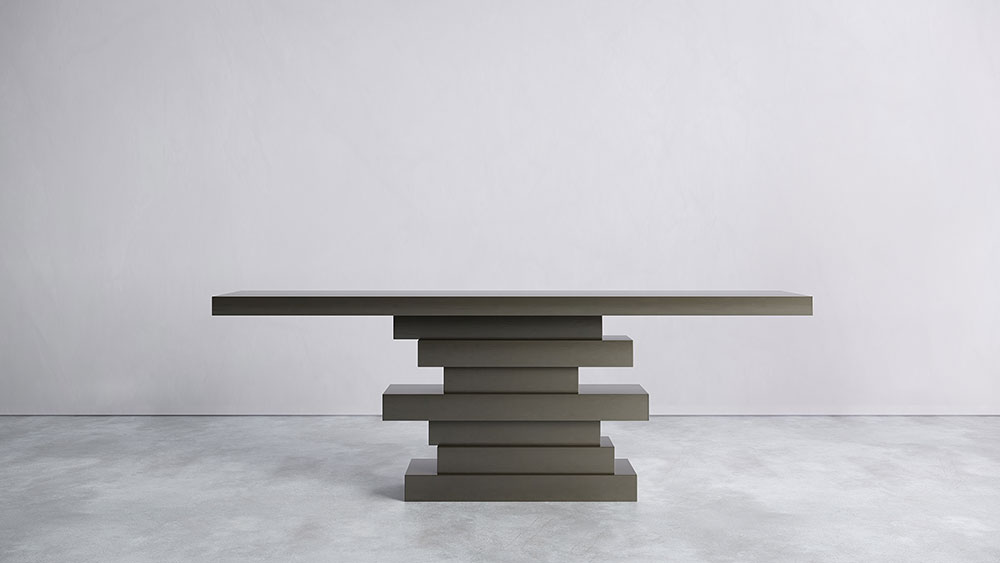


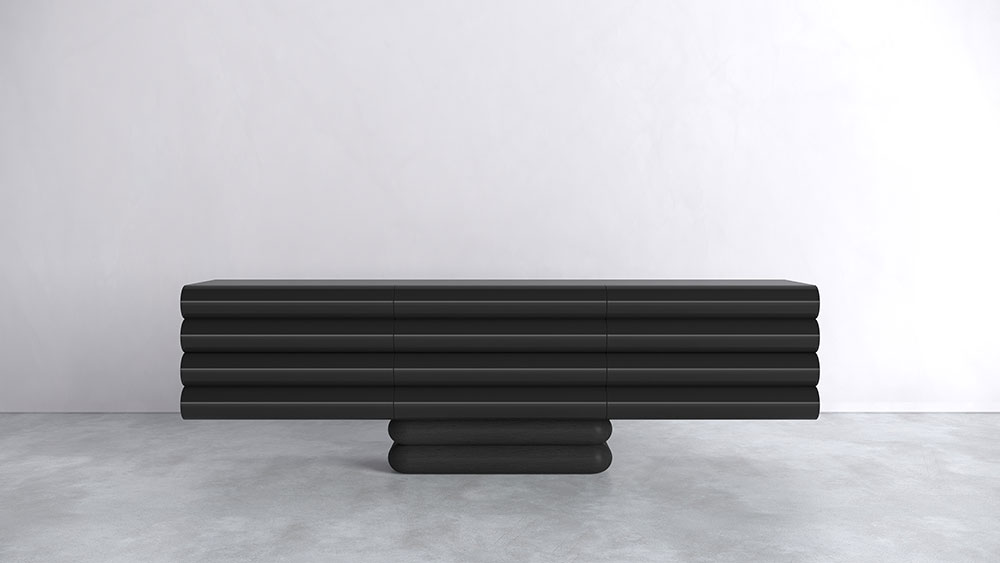







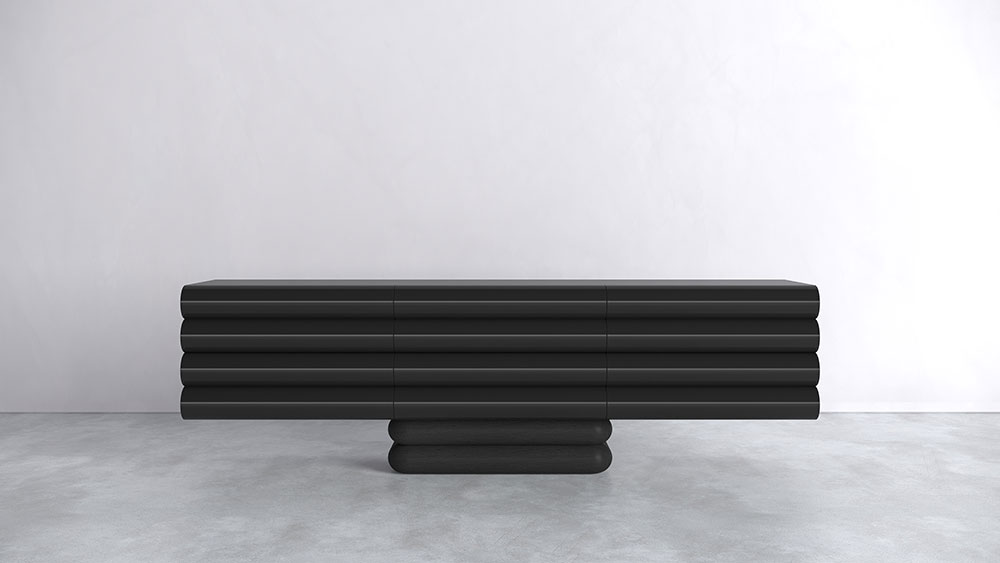
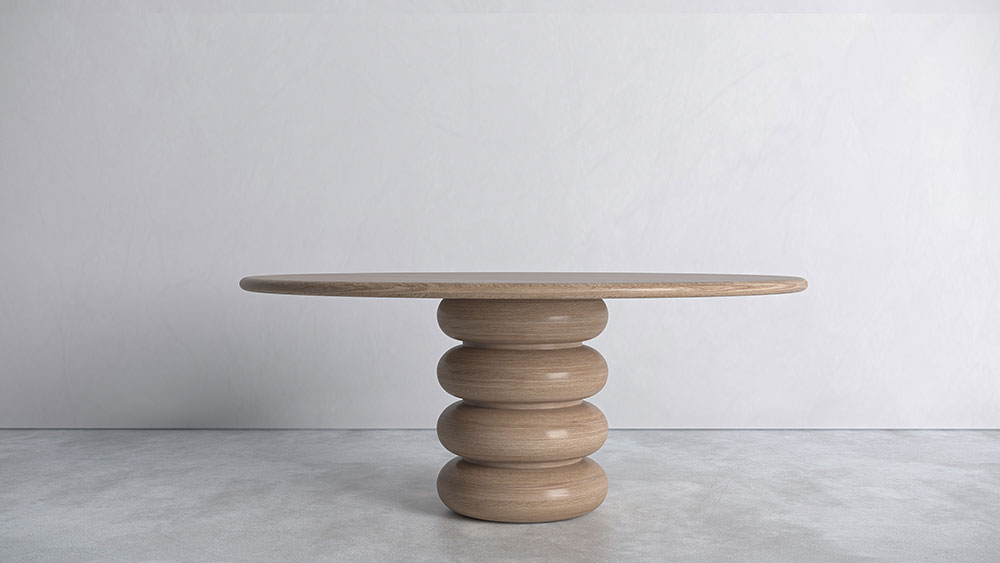

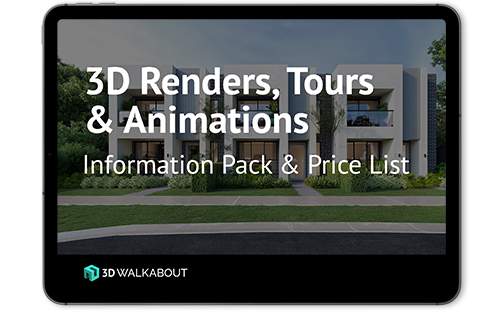
Get an Instant Quote on 1300 00 3392
If you’d like to receive our full ‘3D Renders, Tours & Animations Information Pack & Price List‘ add your details below.
More 3D Render options…
What are the benefits of 3D Furniture Renders to market new product lines or launches?
Visual Realism: 3D renders provide a high level of visual realism, allowing customers to see furniture items in a lifelike setting, making it easier for them to envision how the pieces will look in their own spaces.
Cost-Effective Prototyping: Interior designers and retailers can save on the costs associated with physical prototypes by using 3D renders to visualise and modify furniture designs before production.
Customisation Showcase: 3D renders facilitate the presentation of customisable options, enabling interior designers to demonstrate various material, color, and design choices to clients, enhancing personalisation opportunities.
Virtual Showrooms: Retailers can create immersive virtual showrooms where customers can explore and interact with 3D-rendered furniture collections, improving the online shopping experience.
Faster Go-to-Market: By skipping physical photoshoots and product staging, 3D rendering expedites the process of bringing furniture to market, reducing time-to-market and staying ahead of trends.
Easier Collaboration: Interior designers can collaborate more effectively with clients by presenting 3D renders, enabling them to make real-time changes and visualize the end result, leading to better decision-making.
Reduced Environmental Impact: The digital nature of 3D renders reduces the need for physical materials and transportation, contributing to a more eco-friendly approach to marketing and sales.
Consistency and Quality Control: Retailers can maintain consistency in marketing materials by using 3D renders, ensuring that product images always meet the desired quality standards.
Mobile Augmented Reality (AR): Interior designers and retailers can leverage AR applications to allow customers to place 3D-rendered furniture within their own spaces using smartphones or tablets, enhancing the shopping experience.
Storage and Catalog Management: 3D renders simplify inventory management and catalog updates, as digital files are easily stored and can be repurposed across various marketing channels, saving time and resources.
What are the benefits of using 3D furniture renders for businesses?
3D renders allow for the creation of stunning, photorealistic models of various furniture items, including chairs, tables, mirrors, sofas, and more. This level of detail and realism is achieved through 3D modeling and rendering software, which can accurately depict materials, textures, and lighting, providing an accurate preview of how the piece will appear in a real-life setting. This ability to visualise products in a highly realistic manner is invaluable for retailers and designers, as it helps customers and clients to make informed decisions.
3D rendering technology enables customisation, as different material, color, and design options can be easily applied to a digital model, allowing customers to see various configurations, thus enhancing personalization opportunities. Interior designers, for instance, can present clients with an array of design options, making it easier to explore and select the ideal furniture to match the overall design concept. This flexibility streamlines the design process and reduces the need for physical prototypes, saving time and resources.
For retailers, 3D renders facilitate the creation of virtual showrooms, offering customers a seamless and immersive online shopping experience. Virtual showrooms allow consumers to explore furniture collections, visualizing how items will fit within their spaces. It bridges the gap between in-store and online shopping, making it easier for customers to make confident buying decisions.
3D renders also lead to faster go-to-market times by eliminating the need for traditional product photoshoots and physical staging. Furniture items can be digitally rendered and showcased in marketing materials almost instantly, enabling businesses to keep pace with changing trends and demand.
Consistency and quality control are other significant advantages, as 3D renders ensure that marketing materials maintain a consistent, high-quality standard across various channels. For retailers, this consistency reinforces their brand identity, and for interior designers, it reinforces their professionalism.
Mobile augmented reality (AR) applications have made 3D renders accessible to consumers, allowing them to virtually place furniture items within their homes or offices. This interactive feature enhances the shopping experience by providing a realistic preview of how the chosen furniture will fit and look in their space.
Businesses benefit from streamlined catalog management as digital 3D render files are easily stored and can be repurposed across various marketing channels. This not only saves time but also allows for the effortless maintenance and update of product listings.
Frequently Asked Questions
Can 3D renders and animations be utilised for 3D Web, VR or AR applications within the furniture industry?
Yes, 3D renders and animations can be made ‘low poly’ and used for Web, VR and AR applications, allowing customers to interact with and visualise furniture items in their own spaces, creating immersive and interactive shopping experiences.
What role does lighting play in the creation of realistic 3D renders for furniture?
Lighting is crucial in 3D rendering as it affects the realism and aesthetics of the final image. Properly configured lighting can simulate natural or artificial lighting conditions, enhancing the overall appearance.
Are there specific file formats used for sharing 3D renders with clients or manufacturers?
Common file formats for sharing 3D renders include OBJ, FBX, and STL. These formats are widely compatible with various software and platforms.
How can 3D rendering be used to showcase customisation options for furniture pieces?
3D rendering allows for easy customisation by digitally applying various materials, colors, and design options. This enables customers to visualise and select personalized configurations.
What is the cost associated with commissioning 3D rendering and animation services for furniture design?
The cost varies depending on the complexity of the project, the level of detail required, and the software and expertise used. Prices can range from a few hundred to a few thousand dollars per rendering.
Can 3D rendering accurately represent the texture, materials, and finishes of furniture pieces?
Yes, 3D rendering can accurately represent the texture, materials, and finishes of furniture items, providing a highly detailed and realistic representation of how a piece will look in real life.
What is the typical turnaround time for producing a 3D render of a furniture item?
The turnaround time can vary depending on complexity, but it often ranges from a few days to a couple of weeks. Simple designs may be faster to render, while highly detailed or customised pieces may take longer.
Which software tools are commonly used for creating 3D renders and animations for furniture?
Commonly used software tools for 3D rendering in the furniture industry include Autodesk 3ds Max, Blender, Cinema 4D, and VRay. These tools enable the creation of detailed and realistic 3D models.
How can 3D rendering benefit furniture designers and manufacturers?
3D rendering benefits designers and manufacturers by providing a cost-effective way to visualise and prototype designs, reduce the need for physical prototypes, streamline the design process, and create high-quality marketing materials.
What is 3D rendering for furniture, and why is it important in the industry?
3D rendering for furniture is the process of creating digital, three-dimensional representations of furniture items using specialised software. It is important in the industry because it allows for the visualisation of furniture designs in a highly realistic manner, aiding in design, marketing, and sales efforts.
